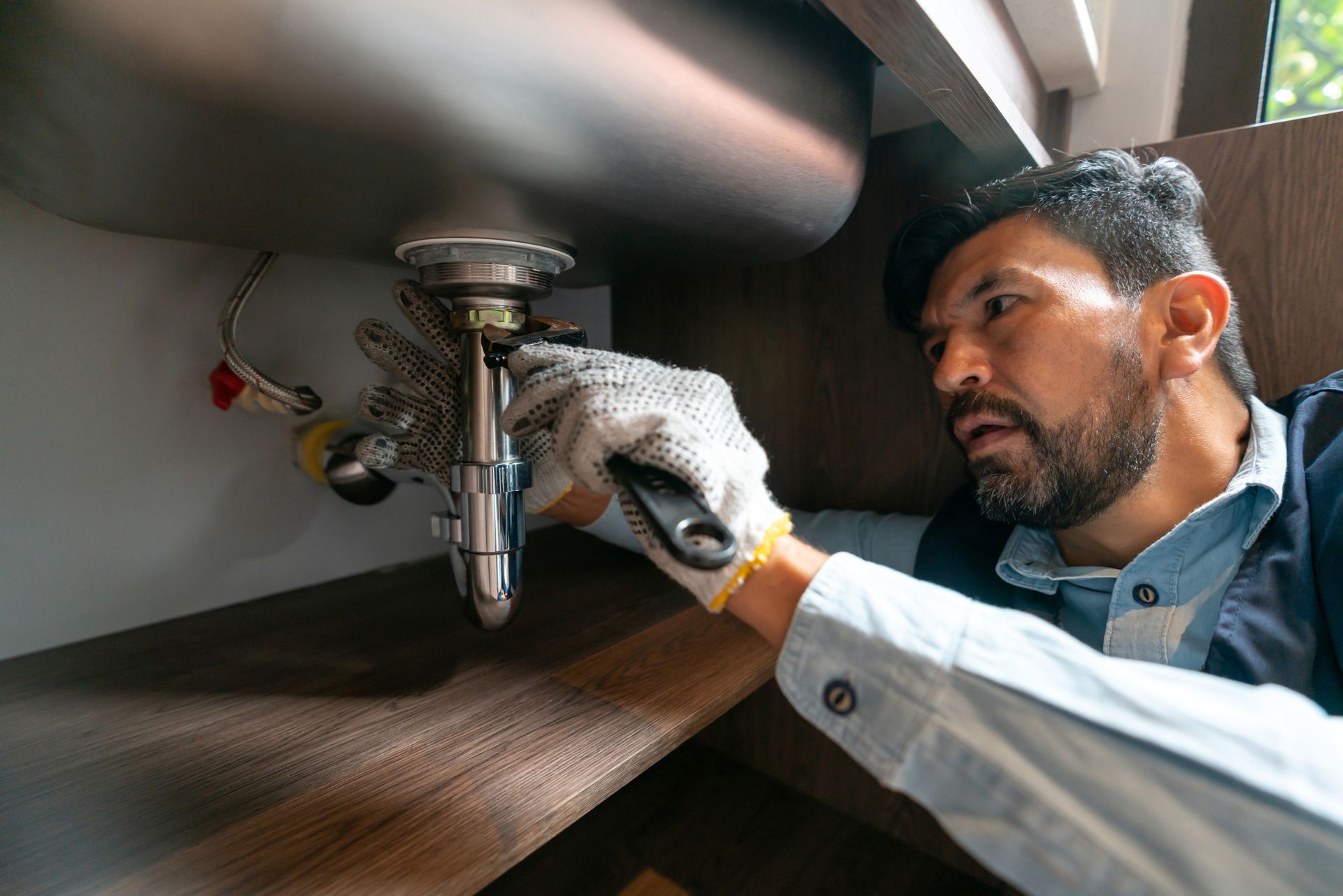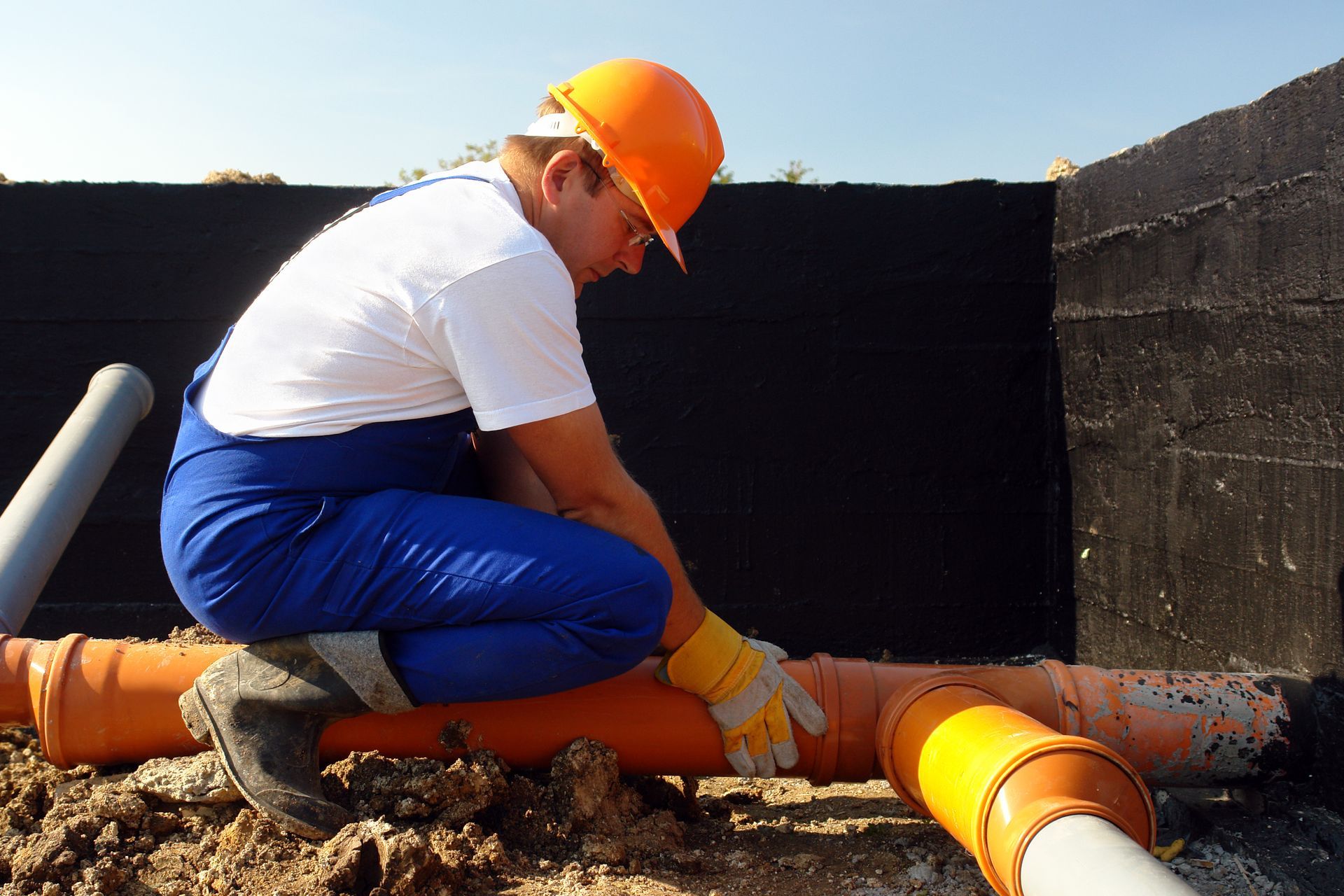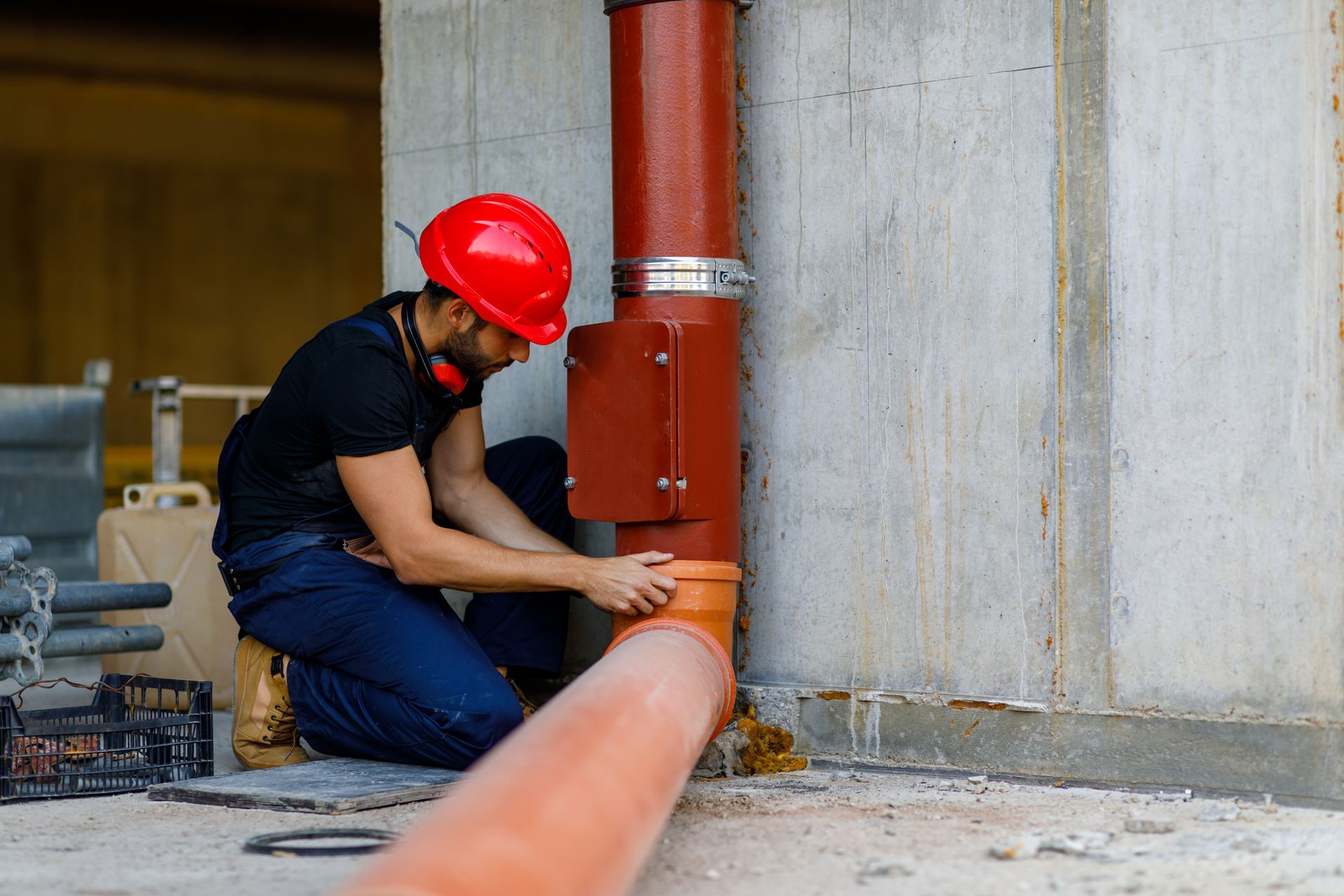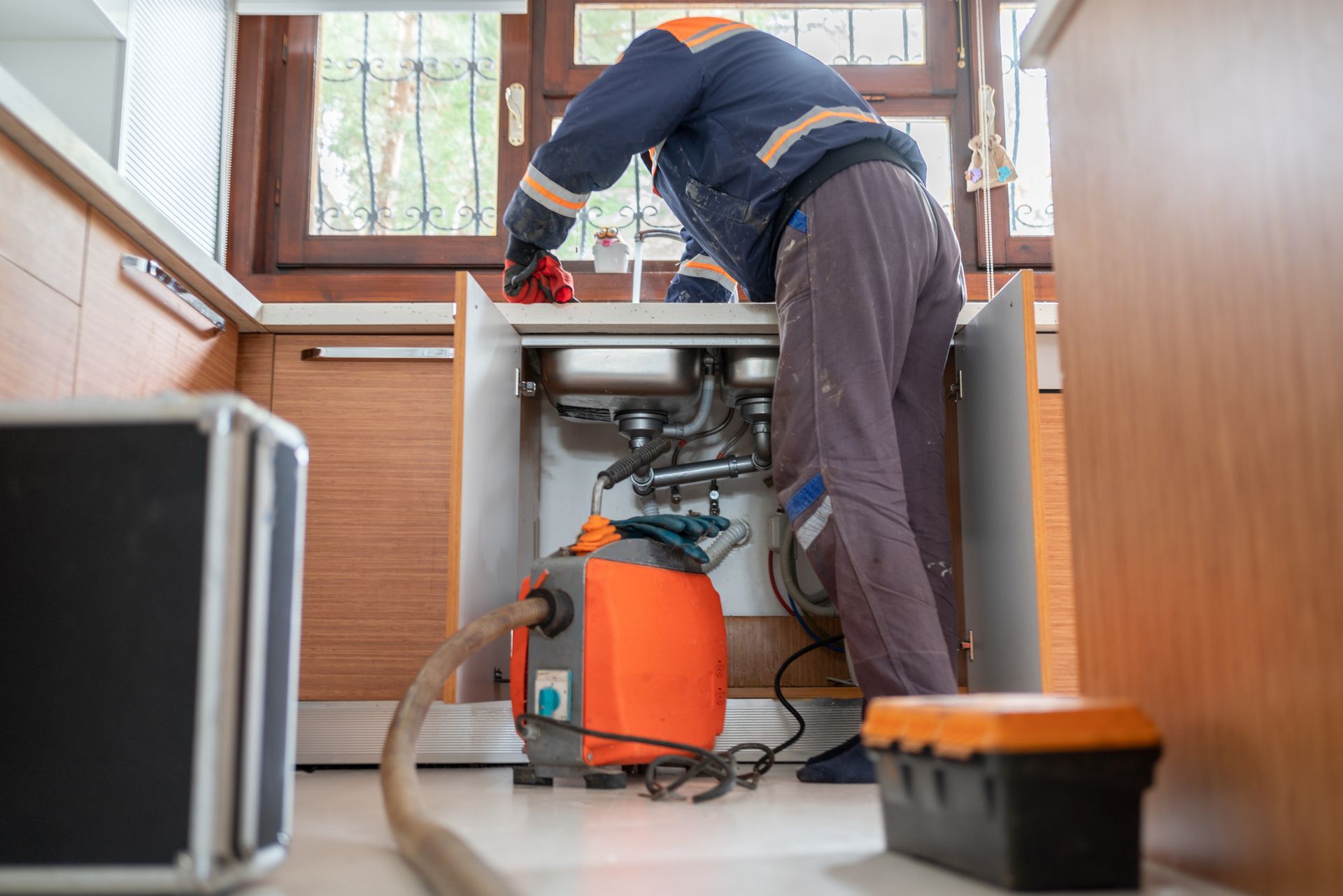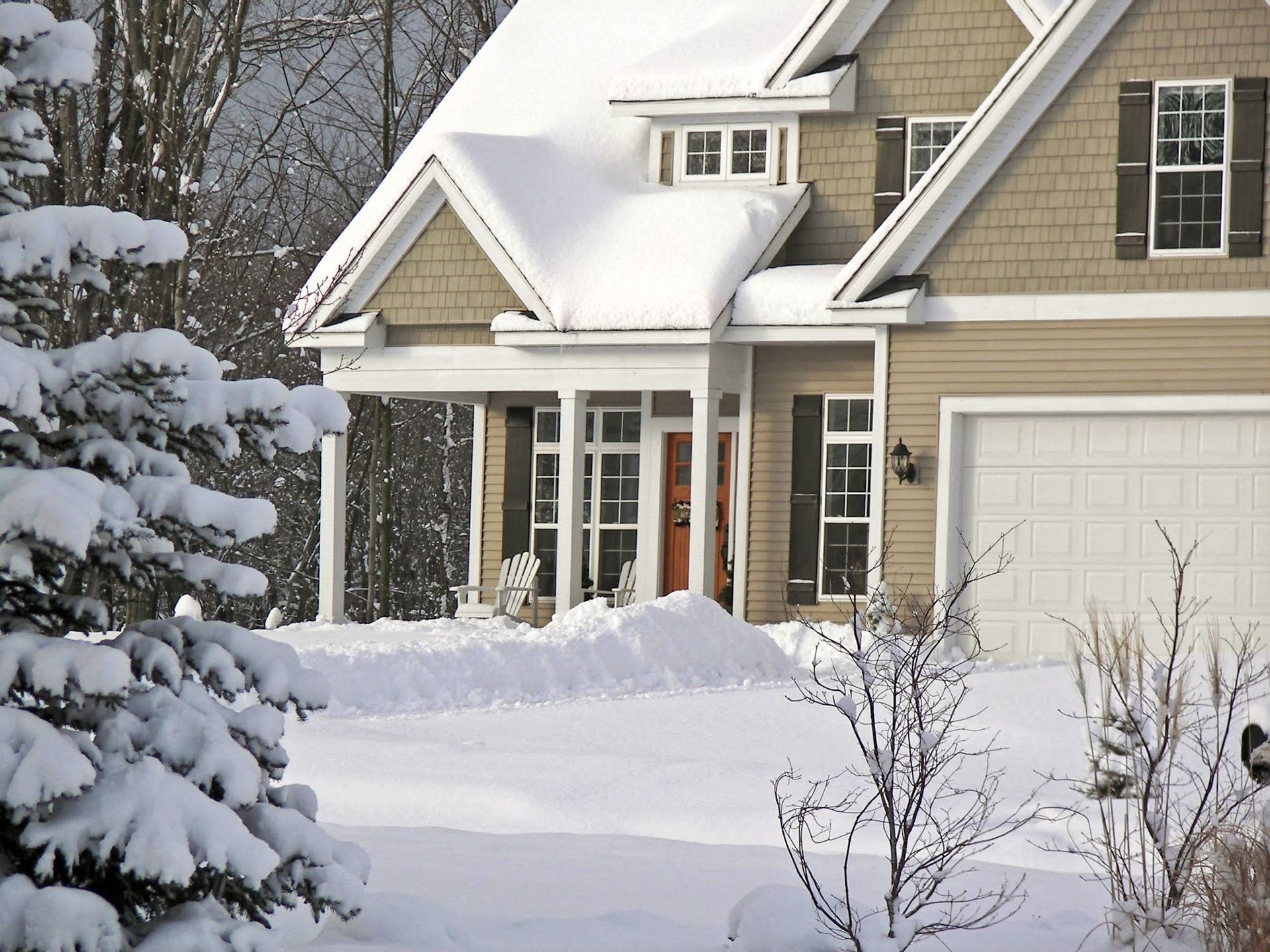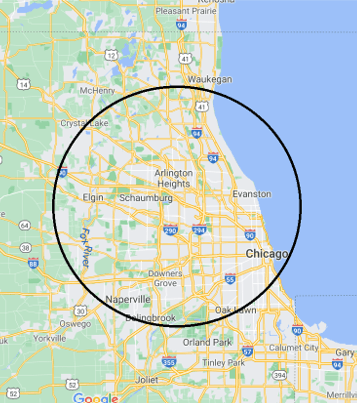Outdated Plumbing Materials to Consider Removing From Your House
Some plumbing materials that were popular in the past have since proved dangerous or inadequate. You should know whether your house has such materials and whether they pose any danger to your house and household. Below are examples of such materials and their potential problems.
Lead
Lead has been common in plumbing systems since before the 1980s. The malleability of lead made it a popular plumbing material since plumbers could easily bend it into desired shapes. Other things that made lead popular include its durability, stability, and anti-corrosive nature.
Unfortunately, lead is poisonous and can trigger different health effects. Lead's health effects include anemia, blood pressure, and cognitive impairment. The health effects of lead are particularly pronounced in vulnerable demographics, such as those suffering from chronic diseases, children, and the elderly.
The lead particles seep into water flowing through the pipes. Relatively simple water tests can detect lead contamination. The best solution is to replace the relevant plumbing parts. Filter your drinking and cooking water before then.
Polybutylene
Polybutylene is a type of plastic common in plumbing systems from the 1970s to the 1990s. The plastic was a favorite with plumbers due to its affordability, strength, and ease of installation. Plumbers used polybutylene in different places, but the common applications included water heater attachments, exposed pipes in the basements, and sink attachments.
Unfortunately, polybutylene reacts with dissolved substances in water, including chlorine disinfectants. The reaction damages the pipes and increases their risk of bursting. Heat also damages the plastic and increases its risk of failure. A hidden pipe can cause serious water damage if it bursts.
Cast Iron
Cast iron is one of the oldest plumbing materials. Cast iron was common in plumbing due to its damage resistance and durability. The metal was common in drainage pipes.
Cast iron is not inherently bad. However, it deteriorates faster than most people had believed it would. What is more, the deterioration starts from the inside and continues for a long time before exterior visibility. Underground cast iron pipes can also sink due to their heaviness. Both problems can lead to sewer blockages and backups, as well as drain leaks.
Cast iron does not require immediate replacement. However, you should know how long the cast iron has been in the house and its current structural integrity. You also need regular inspections of the plumbing system and replace pipes with significant corrosion or damage.
Orangeburg
Lastly, you should also be concerned with Orangeburg in your plumbing system. Orangeburg is a material comprising wood pulp and bitumen. The name comes from the material's original manufacturing place: Orangeburg, New York.
Orangeburg is also relatively old in the construction or plumbing industry. Plumbers started using Orangeburg when other materials, such as iron and steel, became scarce and expensive. The material's original users also believed in its durability and anti-corrosive nature.
The problem with Orangeburg is that it is not as durable as people used to believe it to be. Orangeburg pipes begin to deform and crumble as they age. The defects reduce water flow, cause water leaks, trigger drain blockages, and even cause sinkholes under houses.
The best solution is to replace Orangeburg pipes before they cause damage. Trenchless pipe repair technology can replace underground Orangeburg pipes without extensive excavations.
You should suspect some of these materials if your building is decades old. J&S Plumbing Inc. can inspect your house to confirm the presence of such materials. We can then help you replace the relevant ones with better pipes. Contact us for pipe replacement and other plumbing services and benefit from our skilled and experienced services today.

